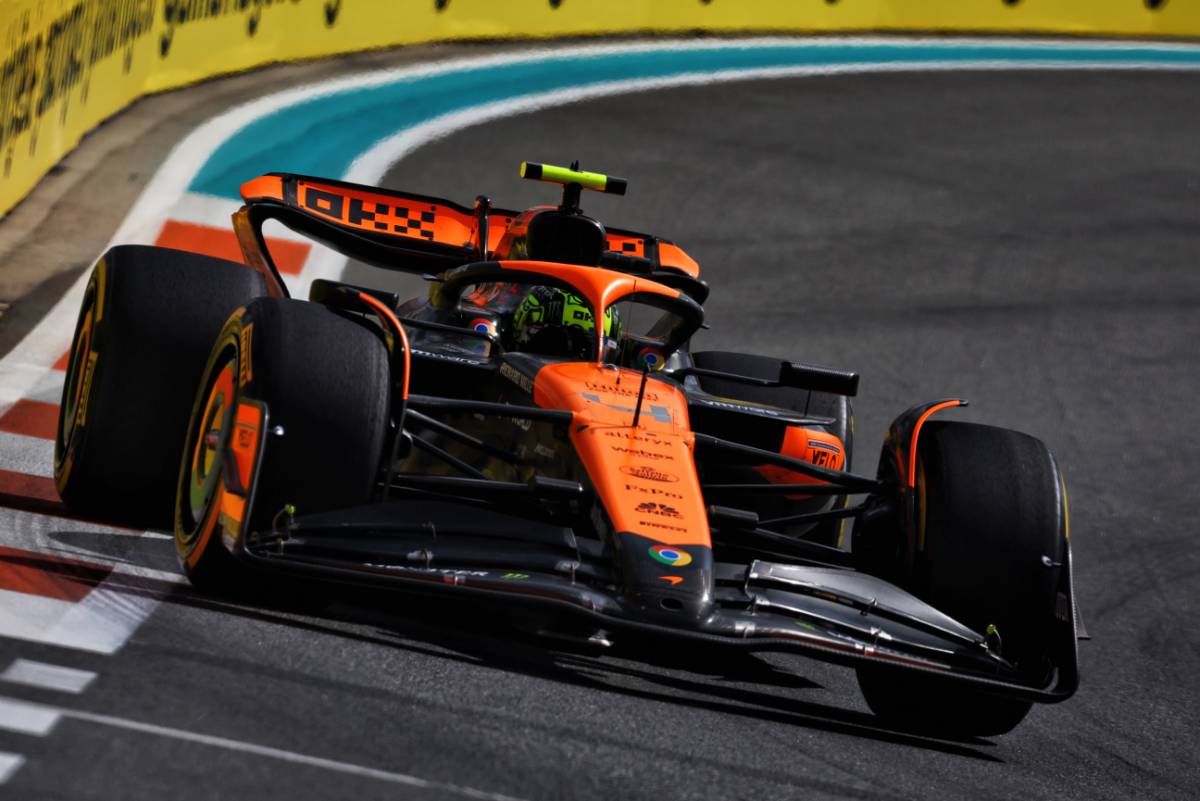Andrea Stella believes there are clear signs based on recent races that McLaren has addressed the car’s low-speed weaknesses, but the Canadian Grand Prix presents another big test for Team Papaya.
McLaren has shown undeniable progress during the 2023 campaign. However, the MCL60 remained a “best” performer, excelling on high-speed tracks but struggling in low-speed corners.
McLaren’s tale of two speeds has extended into 2024 as the MCL38 continues to fall short of top rivals Red Bull and Ferrari in terms of low-speed handling.
However, the introduction of a significant upgrade package at Miami, Lando Norris’ back-to-back wins at Florida and the team’s strong performances at Imola and Monaco appear to mean McLaren have reached a turning point.
“The car we took to Miami seemed to perform well at low speeds. It almost exceeded our expectations,” Stella said.
“Miami is dominated by low speeds, and in Monaco the section where we struggled the most was the first section, the medium to high speed section.
“So it seems like the picture of our competitiveness is finally starting to change, with low speed no longer appearing as an obvious weakness.”
McLaren now has a versatile car, but this weekend’s Montreal race will provide the team with a more definitive test of the car’s suitability.
Circuit Gilles Villeneuve will throw into the mix everything McLaren has struggled with. Numerous chicanes and long hairpins demand strong low-speed performance, the very area where the McLaren has faltered before.
McLaren Team Principal Andrea Stella.
Additionally, efficient drag reduction is required on long straight sections, which is another important factor. Unlike high-downforce, high-speed corners where raw power can help compensate, Canada offers limited opportunities for McLaren to shore up any remaining weaknesses.
Stella believes McLaren still has work to do. This is especially true when it comes to dealing with curbs and bumps, even though the circuit has recently been resurfaced.
“We are not completely satisfied with its behavior on curbs or bumps,” he said.
“More fundamental developments are needed than simply applying the features currently available in cars,” Stella explained.
“Obviously we play around with the settings, but we just can’t seem to achieve the same ride quality and curb performance that you see in qualitatively different cars.
“And our drivers have been vocal about how other cars feel like they can take curbs with more confidence.”

In the grand scheme of the car’s development, Stella is confident that McLaren has not compromised its high downforce capabilities in its pursuit of better low-speed performance.
Once again, the upcoming races in Barcelona and Spielberg will provide a strong opportunity to test McLaren’s development philosophy.
“The goal of our development is to avoid compromising some of the car’s strengths in pursuit of other features,” Stella added.
“It’s not always possible, but ultimately it’s part of the quality of development each team does.”
Keep up to date with all your F1 news with: Facebook and Twitter






